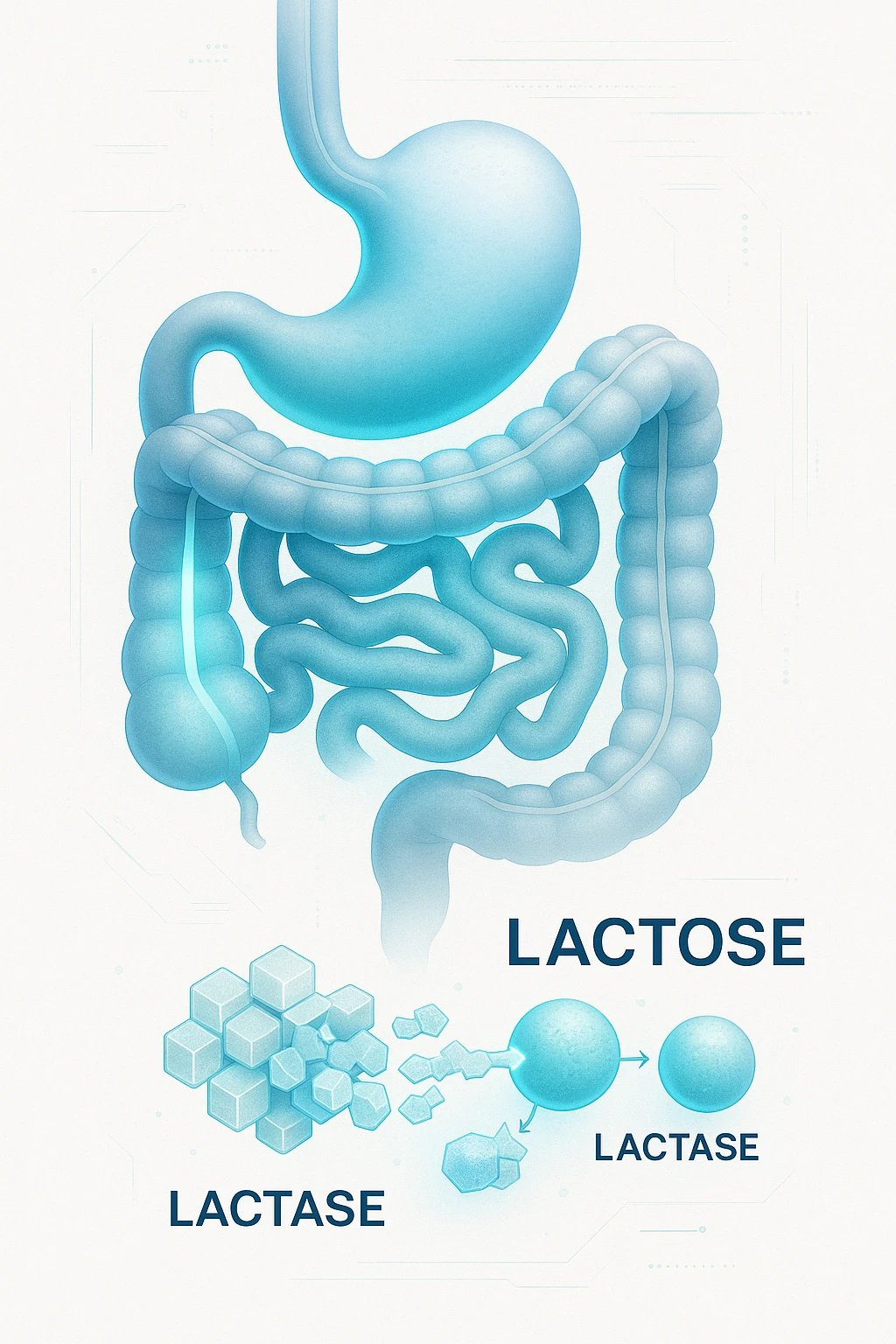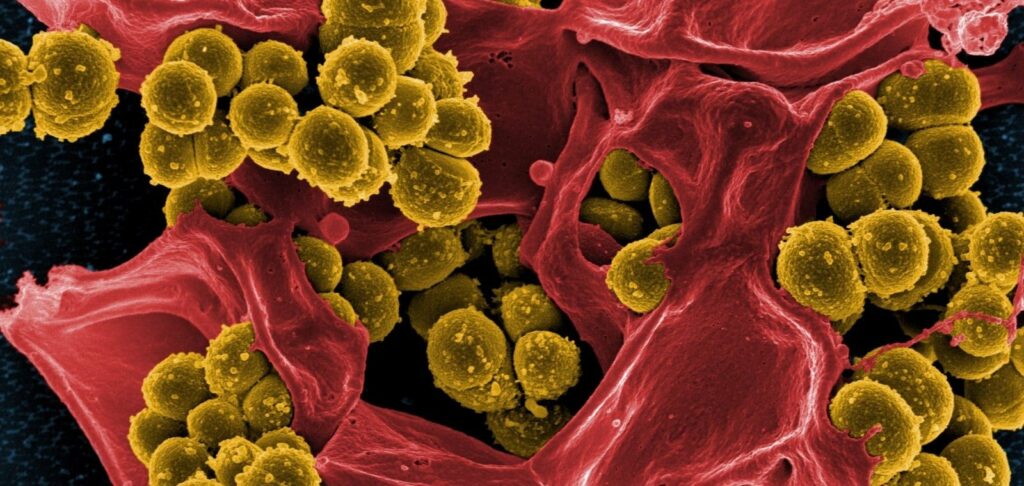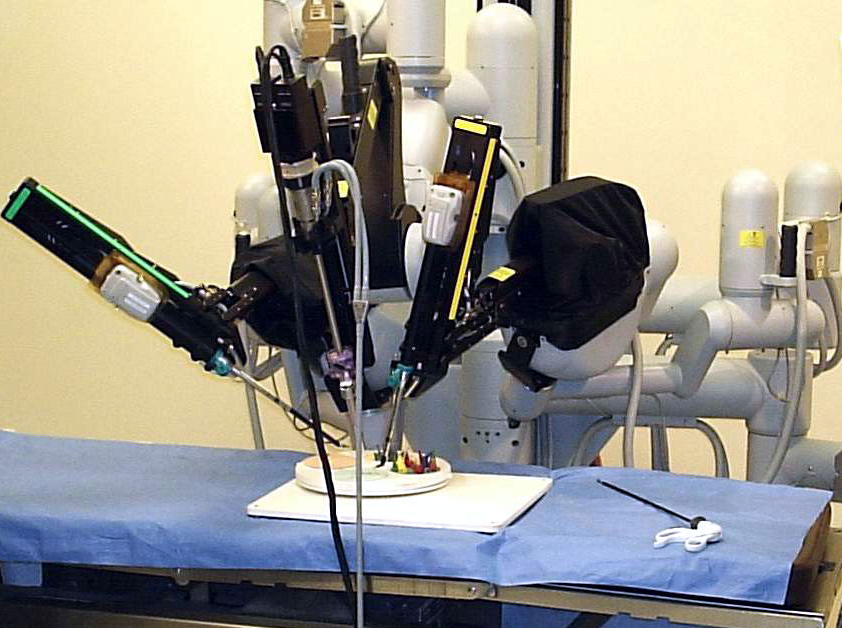

What is lactose and why you need lactase?
Lactose is a milk sugar found in cow’s milk, goat’s milk, sheep’s milk, and most dairy products.
Lactase is an enzyme that breaks down lactose into glucose and galactose so the body can digest them.
In most people after the age of 20-25 years, lactase levels naturally decrease, especially in Eastern Europeans and Asians. This physiological condition is called hypolactasia, and it is different from congenital intolerance.

What happens in lactase deficiency?
If there is not enough lactase in the intestines, lactose is not broken down and goes into the large intestine where bacteria begin to ferment it. This causes:
- bloating,
- gas,
- rumbling,
- diarrhea,
- abdominal cramps.
Some people even get head fog, fatigue, and headaches after dairy – this is due to secondary inflammation and dysbiosis.

Who faces lactose intolerance?
| Category | Commentary |
|---|---|
| Adults after 30 years of age | The enzyme declines with age |
| People after antibiotics | Damage to intestinal flora and mucosa |
| Women after pregnancy | Hormonal changes can affect the GI tract |
| Patients with SIBP or colitis | Disorder of fermentation and digestion |
| People with celiac disease | Secondary lactase deficiency due to damage to villi |
In practice, lactose intolerance can manifest itself in a variety of ways, from mild discomfort to serious digestive disorders.
It is important to understand that the reaction to dairy products is individual and can depend on both the state of the GI tract and the overall level of enzyme activity.
Below is a table that will help to recognize typical symptoms of lactase deficiency and guide in the timing of their appearance after consumption of milk or dairy products.
Table 1. Symptoms characteristic of lactose intolerance
| Symptom | Time of appearance after dairy product |
|---|---|
| Bloating, heaviness in the abdomen | After 30-120 minutes |
| Gas, rumbling | One to three hours later |
| Fluid stools or diarrhea | Within 4-6 hours |
| Nausea or cramps | Sometimes it’s right after consumption |
| Increased fatigue | Delayed reaction, with regular intake |

Diagnosis: how to understand if there is an intolerance?
- Exclusion method: eliminate dairy products for 5-7 days and then return to them → observe the reaction.
- Hydrogen breath test: detects increased hydrogen content after lactose ingestion.
- Genetic test: determines susceptibility to hypolactasia (not always available).
- Stool analysis for pH and carbohydrates: used in children.
How lactase helps?
Lactase enzyme can be taken as capsules, tablets or a liquid solution before eating dairy foods. It avoids symptoms and digests lactose “for you”.
You can also:
- choose lactose-free products (special milk, yogurts),
- favor fermented products (hard cheeses, kefir),
- use plant-based analogs (oat milk, almond milk, coconut milk).
Table 2. Comparison of the effectiveness of the approaches
| Method | Tolerance level | Advantages | Disadvantages |
|---|---|---|---|
| Lactase enzyme | 100% | You can eat regular food | Requires regular intake |
| Lactose-free products | 90–100% | Convenient, ready to go | Could be more expensive |
| Lactose elimination | 100% | Complete elimination of symptoms | Risk of Ca, vitamin D deficiency |
| Fermented foods | ~70–80% | Partial tolerance | It’s not for everyone |
List of references
-
Misselwitz B, et al. (2013). Lactose intolerance: from diagnosis to correct management. Best Pract Res Clin Gastroenterol.
-
Storhaug CL, et al. (2017). Worldwide prevalence of lactose intolerance: a systematic review. Nutrients.
-
Swagerty DL Jr, et al. (2002). Lactose intolerance. Am Fam Physician.




